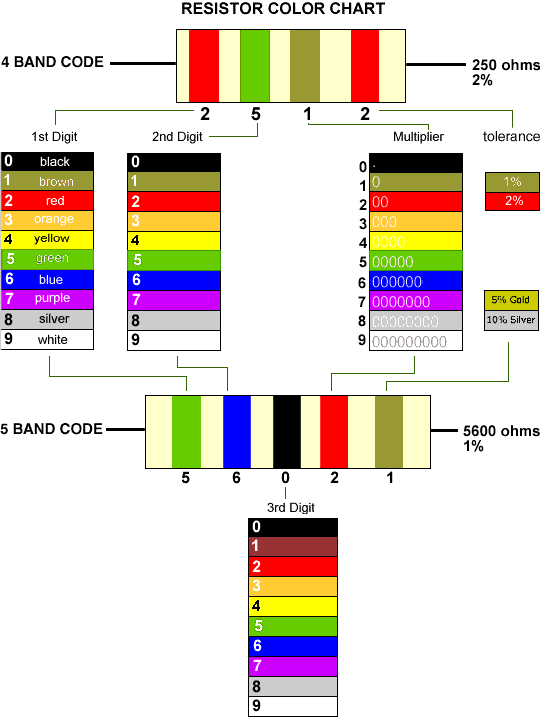|
Ohm's law named after Georg Ohm, mathematician and physicist b. 1789 - 1854 - Bavaria, defines the relationship between power, voltage, current and resistance. These are the very basic electrical units we work with.
Voltage: V or E The potential between 2 points. Voltage should be more correctly called "potential difference". It is actually the electron moving force in electricity (emf) and the potential difference is responsible for the pushing and pulling of electrons or electric current through a circuit.
Current: i amps A flow of electrons forced into motion by voltage is known as current. The atoms in good conductors such as copper wire have one or more free electrons of the outer ring constantly flying off. Electrons from other nearby atoms fill in the holes. There are billions of electrons moving aimlessly in all directions, all the time in conductors.
When an emf (voltage) is impressed across a conductor it drives these free electrons away from the negative force toward the positive. This action takes place at near the speed of light, 300,000,000 meters per second although individual electrons do not move far they have a shunting effect. This is similar to a number of cars pulled up at traffic lights when the last vehicle fails to stop and hits the second last vehicle which in turn hits the third last vehicle.
Resistance: R or omega Regulate the power going into a system.
A wire has virtually 0 resistance.
Power, watts: = P watts = (i^2) current squared * R Resistance
Ohm's Law: V voltage = i current * R Resistance
on line calculator: http://ourworld.compuserve.com/homepages/Bill_Bowden/ohmslaw.htm
EZIO minimum resistance necessary so you do not burn out your sensor: 245 Ohms
5 Volts per sensor = .02041 amps i * 245 Ohms R
( .02041 amps = 20 milli-amps)
and .10204 P watts
You can also run motors etc. off the ezio main power supply which draws 6 watts from the wall.
Resistance Calculator: www.dannyg.com/javascript/res2/resistor.htm
Resistance Chart based on: www.electronics-tutorials.com |
